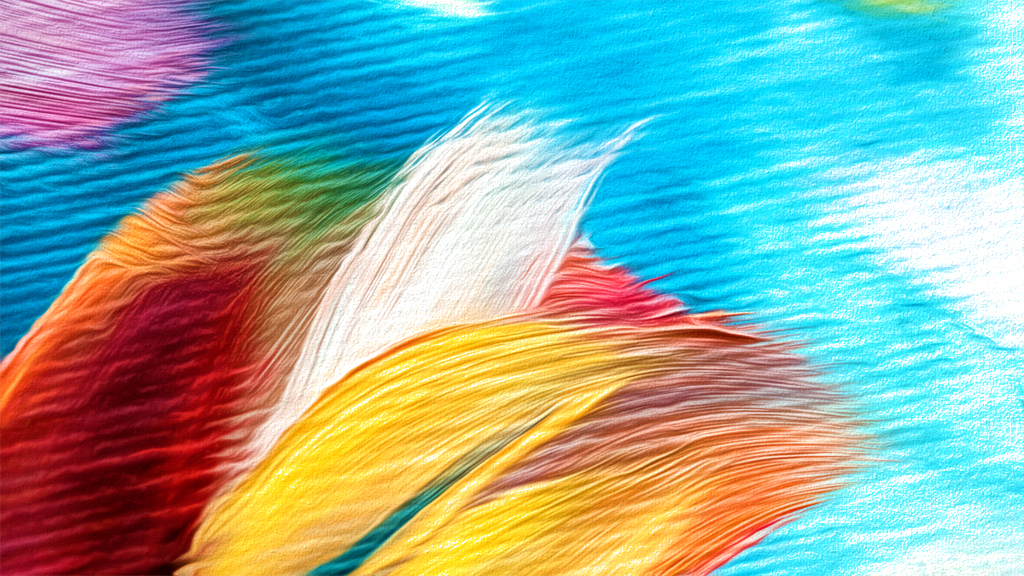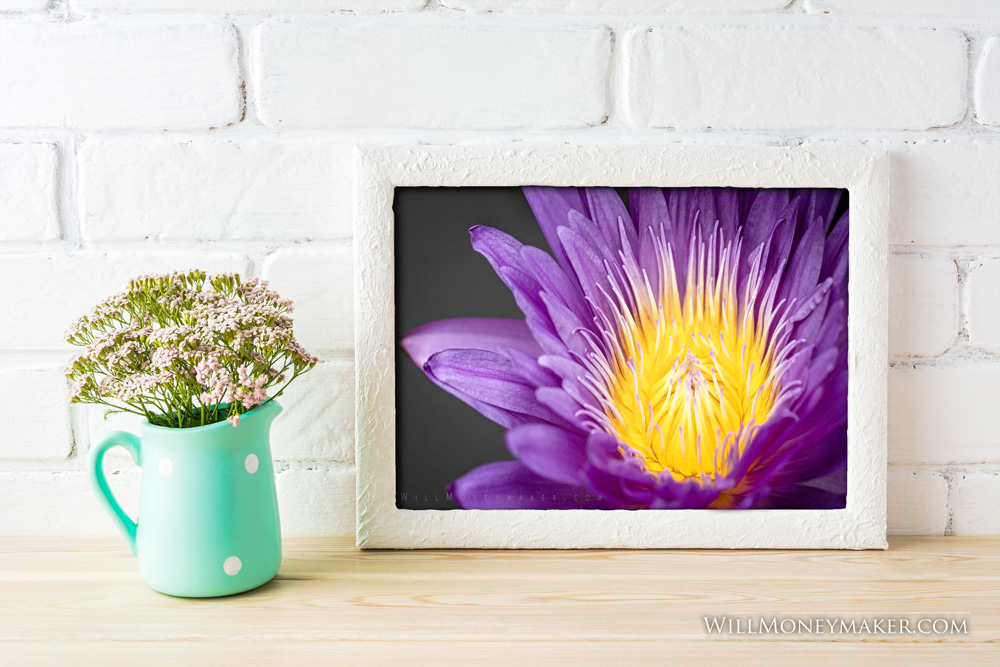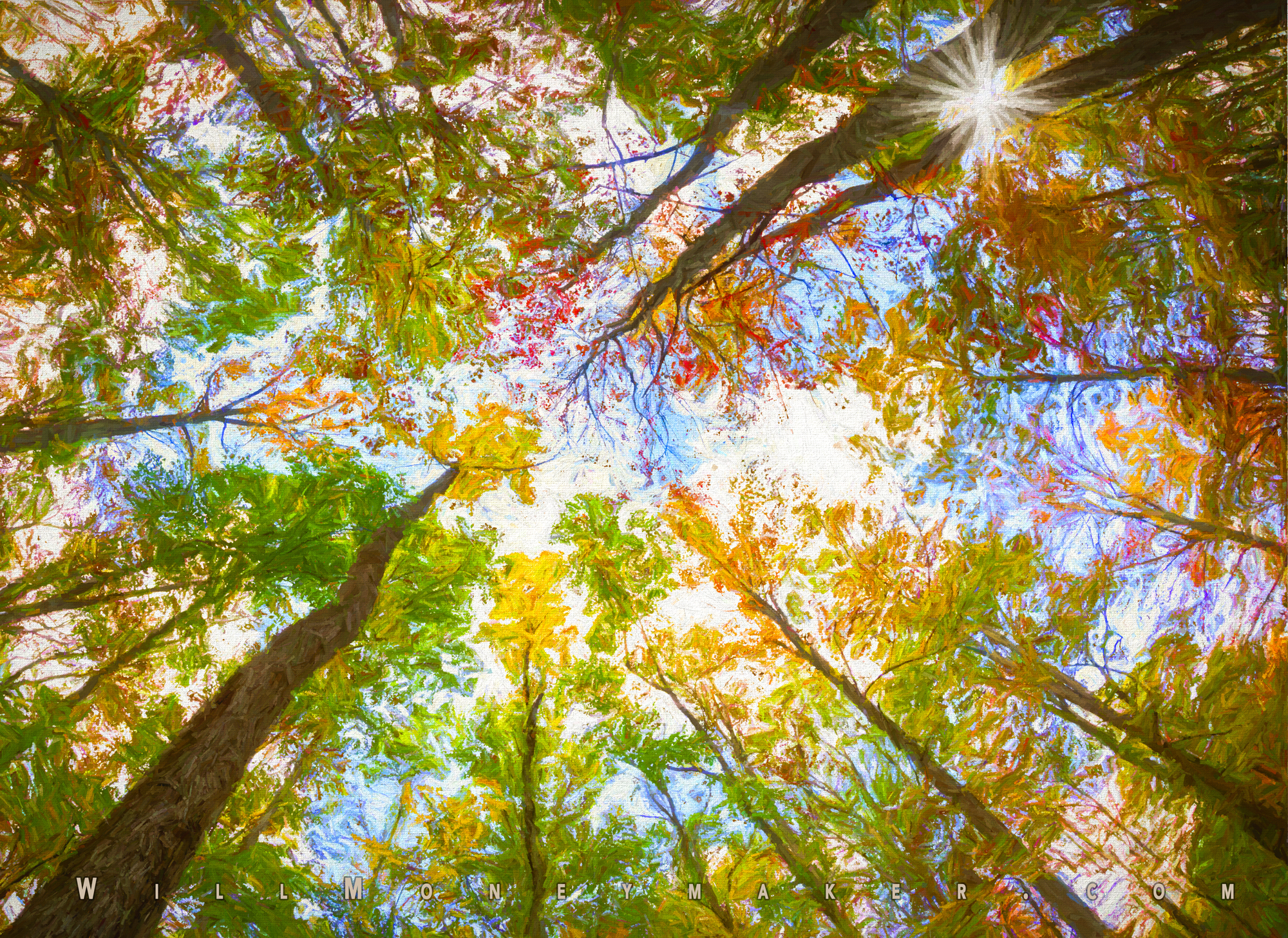You’ve heard me talk about gear before and how we’re so often lured into buying more or more expensive gear than we need in this sort of “keep up with the Joneses” race to the best camera. And here’s another thought related to extreme gear—the cameras with crazy high megapixels, the ones that can shoot at extraordinarily high ISOs without much noise, and so on. I think that there’s a good reason why marketers market these extreme cameras so hard. And it’s not because they’re trying to take us for everything they can.
Rather, I don’t think that marketers really have any other choice. It’s not that they’re trying to scam us out of our money. More, will the cameras and lenses do perfectly fine for the vast majority of us? The less expensive ones without quite so many megapixels or with focal lengths are not quite capable of shooting the moon. This is common stuff. It’s the type of gear that has been around for years now. It’s not exciting anymore.
Just about every DSLR currently available at retailers right now will take wonderful pictures that will satisfy the vast majority of needs that the vast majority of us have—even the cameras and lenses on the lower end of the price range.
How does a marketer market that? They can’t. “This camera is good enough” just isn’t a particularly powerful marketing message—not something that will inspire people to go out and spend their hard-earned dollars to take it home.
Instead, they attempt to convince us that we must have these high-powered cameras and other bits of equipment to become better photographers. That’s because these extremes are the only way to create an exciting message that keeps money flowing to the camera manufacturers so that they can keep manufacturing cameras.
It comes with a powerful side bonus, too. In marketing flagship cameras, manufacturers aren’t just selling the flagship models but also the rest of their lineups. Most of us will eventually decide that we simply cannot afford thousands of dollars on such an extreme, but we will pursue some of the less expensive models that the manufacturer offers and get one of those, instead.
Marketers present the extremes because that is what creates an exciting message to draw us in—but that doesn’t mean we must have all of the latest and greatest gear. Ask yourself if you really need each piece before you purchase it. Yes, it might be nice to have a lens so long that you can create detailed images of the Moon’s surface. But you know what? Once you’ve created those lunar images, that’s kind of a “once and done” photographic opportunity. When will you use that lens again? For most of us, the answer is that the lens is likely to go back into our camera bags, where it will stay for weeks and months on end until the next extremely rare moment comes in which we might need such an extreme. If you’re among the few who would always use such a thing, then perhaps it is worthwhile for you. For most of us, though, the extremes are nice to have—but probably an unnecessary strain on the bank account.
Now, go and enjoy the beauty of God’s creation through your lens.




